HeadRoom headphone amplifier is guaranteed to drive your headphones better than the vast majority of headphone jacks available on home equipment. You will hear an improvement in a high-quality headphone’s ability to resolve musical detail, express deep, tight bass and present a more natural stereo image. Additionaly, this device features a processor that provides the natural acoustic cross-feed normally heard from the left speaker to the right ear, and from the right speaker to the left ear. What is more, the filter switch is used to compensate for the warming action of the processor.
HeadRoom headphone amplifier is guaranteed to drive your headphones better than the vast majority of headphone jacks available on home equipment. You will hear an improvement in a high-quality headphone’s ability to resolve musical detail, express deep, tight bass and present a more natural stereo image. Additionaly, this device features a processor that provides the natural acoustic cross-feed normally heard from the left speaker to the right ear, and from the right speaker to the left ear. What is more, the filter switch is used to compensate for the warming action of the processor.








-
 1
1
-
 2
2
-
 3
3
-
 4
4
-
 5
5
-
 6
6
-
 7
7
-
 8
8
HeadRoom headphone amplifier is guaranteed to drive your headphones better than the vast majority of headphone jacks available on home equipment. You will hear an improvement in a high-quality headphone’s ability to resolve musical detail, express deep, tight bass and present a more natural stereo image. Additionaly, this device features a processor that provides the natural acoustic cross-feed normally heard from the left speaker to the right ear, and from the right speaker to the left ear. What is more, the filter switch is used to compensate for the warming action of the processor.
Ask a question and I''ll find the answer in the document
Finding information in a document is now easier with AI
Related papers
-
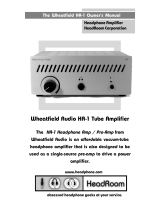 HeadRoom Wheatlield HA-1 Owner's manual
HeadRoom Wheatlield HA-1 Owner's manual
-
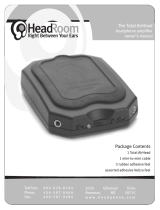 HeadRoom Total AirHead Owner's manual
HeadRoom Total AirHead Owner's manual
-
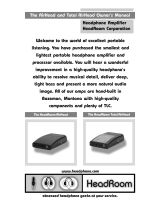 HeadRoom AirHead Owner's manual
HeadRoom AirHead Owner's manual
-
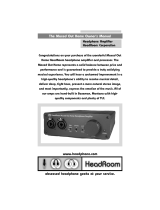 HeadRoom Maxed Out Home Owner's manual
HeadRoom Maxed Out Home Owner's manual
-
 HeadRoom Total BitHead Owner's manual
HeadRoom Total BitHead Owner's manual
-
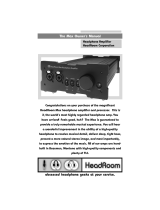 HeadRoom MAX Owner's manual
HeadRoom MAX Owner's manual
-
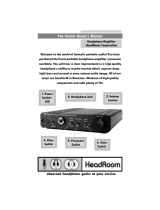 HeadRoom Supreme Headphone Amplifier Owner's manual
HeadRoom Supreme Headphone Amplifier Owner's manual
-
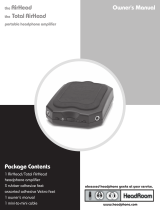 HeadRoom AirHead Owner's manual
HeadRoom AirHead Owner's manual
-
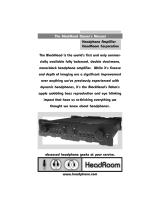 HeadRoom BlockHead Owner's manual
HeadRoom BlockHead Owner's manual
-
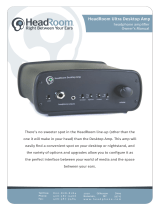 HeadRoom Desktop & Ultra Desktop Amp Owner's manual
HeadRoom Desktop & Ultra Desktop Amp Owner's manual
Other documents
-
Lutron MS-OPS2H-WH User guide
-
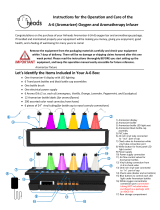 Airheads A-6 Instructions For The Operation And Care
Airheads A-6 Instructions For The Operation And Care
-
Mackie 1402VLZ4 Stereo Mixer User manual
-
Manley TNT 2-Channel Mic Preamp Owner's manual
-
Alesis Point Seven Specification
-
 Mesa Boogie Mark Five:35 Head Owner's manual
Mesa Boogie Mark Five:35 Head Owner's manual
-
Mackie 1604VLZ4 4 Bus Mixer User manual
-
Mackie 1202VLZ4 Stereo Mixer User manual
-
ALLEN & HEATH XONE:62 User guide
-
Alesis MULTIMIX12R User manual



















